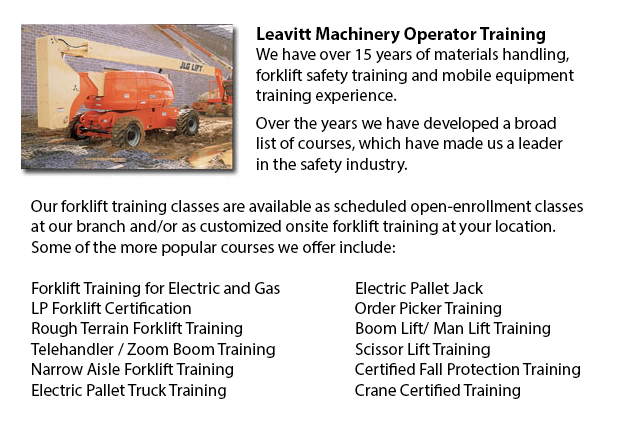
Aerial Lift Certification Scottsdale - Aerial Lift Certification is for people who requires an in-depth understanding of aerial lift safety. Inspectors and operators, construction craftsmen, supervisors and maintenance workers must perform a training and certificate program. Provincial, state and federal regulations need companies to be certified in order to do in-house aerial lift inspections.
Regardless of differences in the kind of work being done, all workers who perform tasks at elevated levels usually utilize the same means to access the needed height. Aerial lifts and scissor lifts are the mechanized machines utilized to be able to lift employees and equipment to elevated sites.
Bucket trucks known as Cherry Pickers are aerial platforms that feature a bucket and supported boom. The primary hazard to making use of this particular type of platform is often electrocutions, tip-overs and falls. Certification makes sure that workers who utilize aerial lifts are correctly trained to safely work the machine. Training likewise ensures that workers know how to maintain aerial work platforms in accordance with the directions of the manufacturer.
Training includes the following lifts: Aerial lifts that are mounted to vehicles, Boom-supported aerial lifts and scissors lifts. Trainees would gain an understanding of the causes and results of aerial lift accidents, and will learn safe operating procedures. They will be technically competent in the different kinds of aerial lifts, as well as terminology and parts. From selecting the best aerial lift for the job to interpreting rated capacity charts, the certification program will provide workers with everything they must know in order to carry out their work safely.
Individuals who are assigned the task of inspecting aerial lift devices need to know how to check booms, gears, structural parts, operating mechanisms, control systems and functions, power plants, braking systems, shafts and pins, attachments, hydraulic, pneumatic and electric components, emergency safety devices and operator aids, et cetera. Training would include the following: the inspector's role in reducing liability exposure and accidents; how to perform a pre-use, annual and monthly check; how to interpret and apply rules regarding aerial lift safety standards; how to write inspection reports; inspection procedures, techniques and checklists; understanding and applying the three levels of aerial lift inspection; following record keeping requirements; and when to remove aerial lifts from service if they are defective.
-
Crane Certification Scottsdale
Crane Certification Scottsdale - The Crane Certification Program consists of the industry suggested subject matter that would teach the efficient and safe operation of cranes. The person would train in the following: pre-operational, operational and... More -
Heavy Equipment Operator Training Scottsdale
Heavy Equipment Operator Training Scottsdale - Heavy equipment operator training facilities that provide good standards within the business, offering field performance tasks and additional equipment training are really sought after training features.... More -
Heavy Equipment Training School Scottsdale
Heavy Equipment Training School Scottsdale - HEO or the heavy equipment operator courses would provide you with the skills and knowledge required so as to enter the workforce as an entry level heavy equipment operator. In this twelve week course plus... More -
Crane Operator Classes Scottsdale
Crane Operator Classes Scottsdale - For the operators and the supervisors, current and new, the crane operator training course is suitable for all. Course content deals with applicable federal, provincial and state safety regulations. The training's... More -
Forklift Operator Certification Scottsdale
Forklift Operator Certification Scottsdale - Certification for forklifts are required to guarantee the safe operation of forklifts for those employers in warehouse, construction and industrial environments. The training needs to involve a method of e... More -
Crane Training Schools Scottsdale
Crane Training Schools Scottsdale - Our different programs for Mobile Crane Operation are meant for skilled operators who needs certification or re-certification, and for inexperienced people who are searching for their very first job as an operator... More -
Aerial Boom Lift Training Scottsdale
Aerial Boom Lift Training Scottsdale - Aerial Boom Lift Training is necessary for any individual who supervises, operates or works near boom lifts. This particular type of aerial lift or aerial work platform is utilized for lifting individuals, mater... More -
Telehandler Training Scottsdale
Telehandler Training Scottsdale - Telescopic handlers often known as telehandlers for short, are an extremely popular piece of heavy construction equipment. They are widely used in the construction and agricultural industries. These equipments have f... More

Forklift Training Scottsdale
TOLL FREE: 1-888-254-6157
Scottsdale, Arizona
forkliftcertificationscottsdale.com
Email Us
About Us


